 |
| October 08, 2020 |
Dear Reader,
Here are highlights from today's top stories: - In the week of March 30 to April 4, COVID-19 became the third leading cause of deaths in the U.S., trailing heart disease and cancer. In that week, close to 10,000 people died of the illness. It killed more people than stroke, Alzheimer's, diabetes or influenza.
- Human minds seem to be designed for efficiently locating high-calorie, energy-rich foods in our environment, new findings suggest. The study's authors believe human spatial memory ensured that our hunter-gatherer ancestors could prioritize the location of reliable nutrition, giving them an evolutionary leg up.
- The U.S. is on pace to install record amounts of wind and solar this year, underscoring the country's capacity to build renewables at a level once considered impossible. But whether 2020 is an aberration or the beginning of a mass greening of the U.S. power sector depends in large part on what policymakers do next.
Also featured in today's roundup is a story from our archive on the Green New Deal. At the vice presidential debate last night, Kamala Harris and Mike Pence tussled over the proposal. How many jobs would one of them create? What kinds of jobs? Scientific American has detailed data on these questions. |
| | Sunya Bhutta, Senior Editor, Audience Engagement
@sunyaaa | |
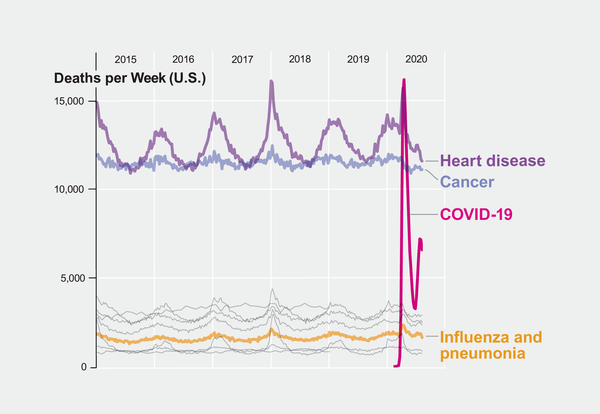 |
| |
| |
| |
| |
| |
| |
| |
| Behavior & Society Yes, Science Is Political Scientists need to acknowledge that, and to act on it in these most dire of times | | By Alyssa Shearer,Ingrid Joylyn Paredes,Tiara Ahmad,Christopher Jackson | | | |
FROM THE STORE
 | | | |
| |
FROM THE ARCHIVE
 | | Would a Green New Deal Add or Kill Jobs? A shift to renewable energy powered by a carbon tax would create millions of new jobs, but the amount of money it would return to U.S. residents in rebates could vary considerably By Marilyn A. Brown,Majid Ahmadi | December 2019 | | |
LATEST ISSUES
 |
| |
| Questions? Comments?  | |
| Download the Scientific American App |
| |
| |




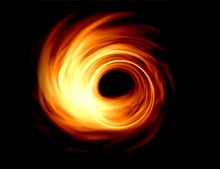

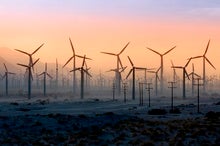
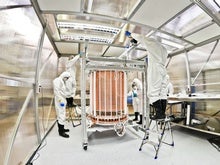
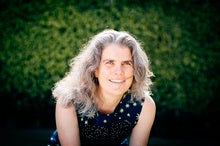
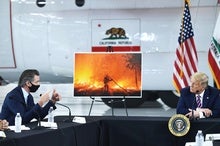
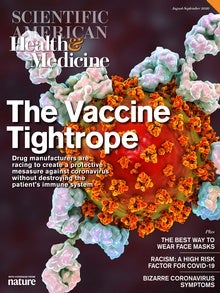

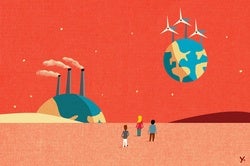
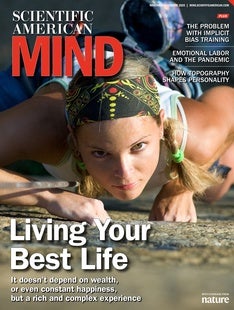

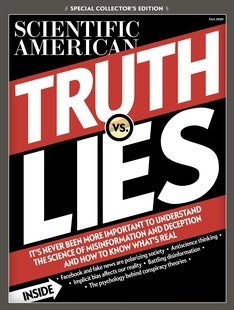
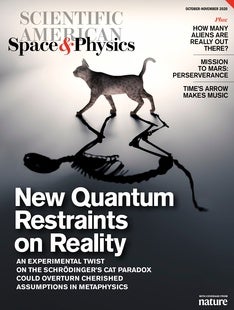
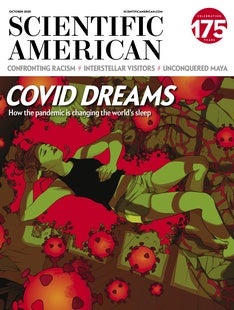



Comments
Post a Comment